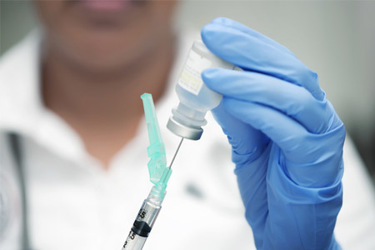Accelerating The Path From Possibility To Proof In The Development Of New Medicines
By Michelle Longmire, MD

We live in an era of exponential medicine. The potential to create new therapies that could treat or even cure disease has never been greater. mRNA technology in COVID vaccine development and siRNA technology in the treatment of common diseases such as high cholesterol to rare genetic conditions are indicative of an era where novel promising therapeutics can be synthesized on lab bench tops worldwide. The potential for disease eradication is revolutionary and achieving this should be a top priority for humanity.
So what does the path to eradicating the over 10,000 human diseases look like? Sadly, it appears painfully long. At the current pace, we will not have treatments for the majority of human diseases within any of our lifetimes. With only approximately 50 drugs approved per year by the FDA, if one new therapeutic was approved for each disease it would still require more than 200 years... The reality is that the limitation is not caused by a lack of breakthroughs in bench science but instead bottlenecks in the in-human science, also known as clinical research.
Why is this? How has basic medical science moved so much faster than the clinical application of these breakthroughs? Isn’t the primary purpose of basic medical science to improve human life?
Get unlimited access to:
Enter your credentials below to log in. Not yet a member of Life Science Leader? Subscribe today.
